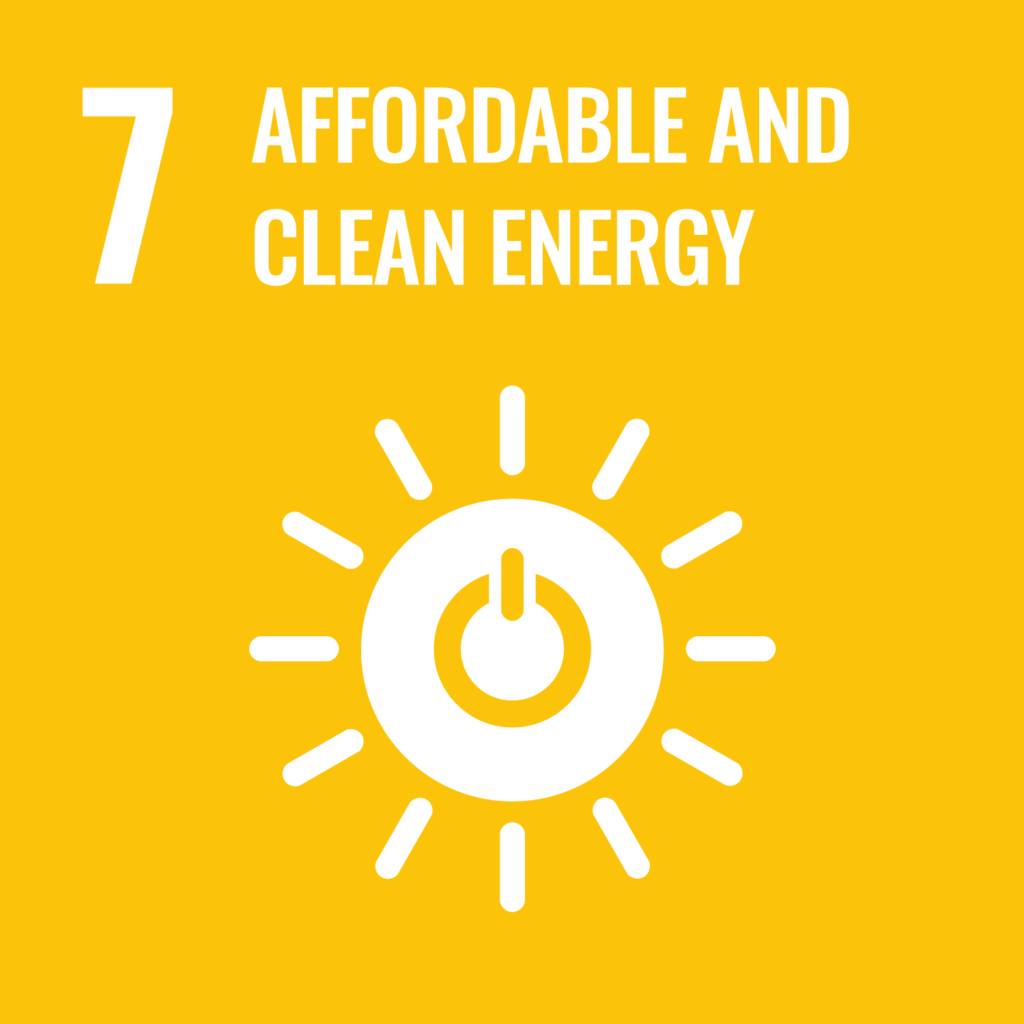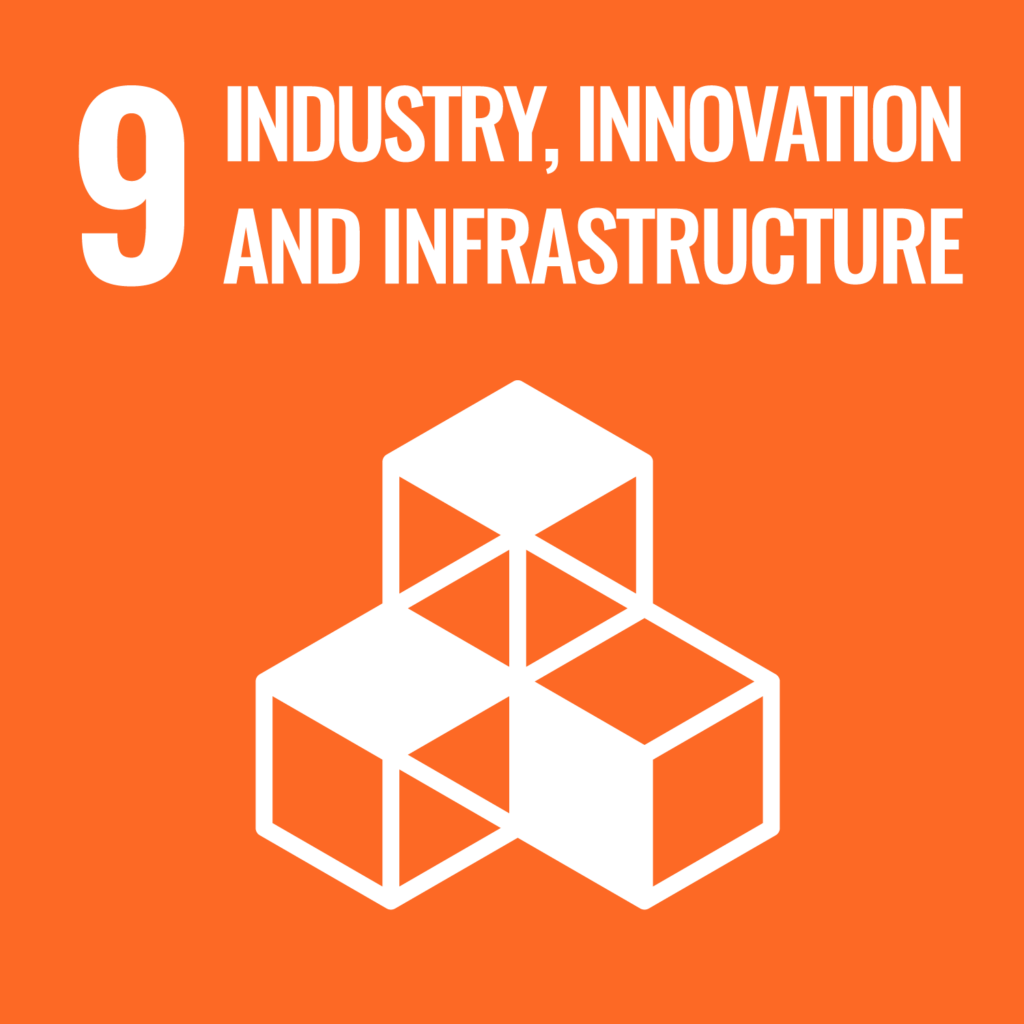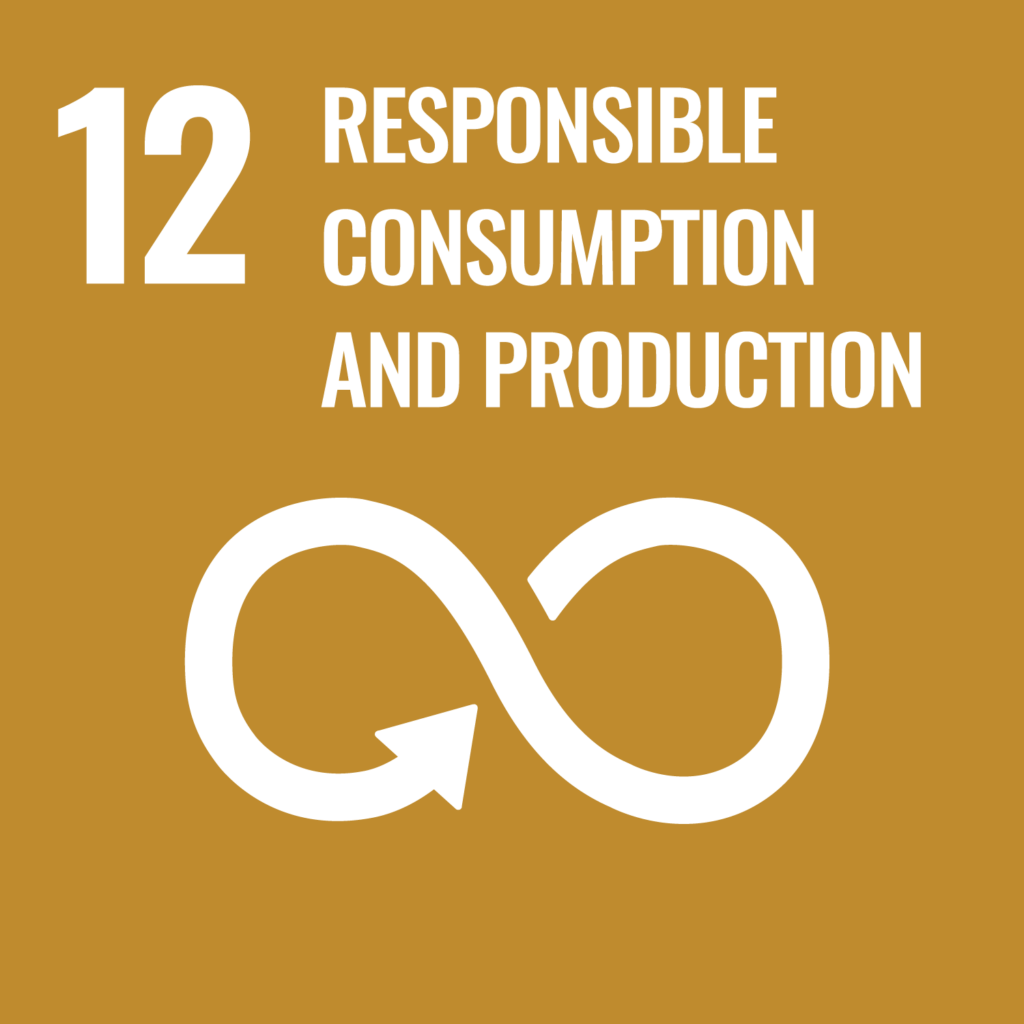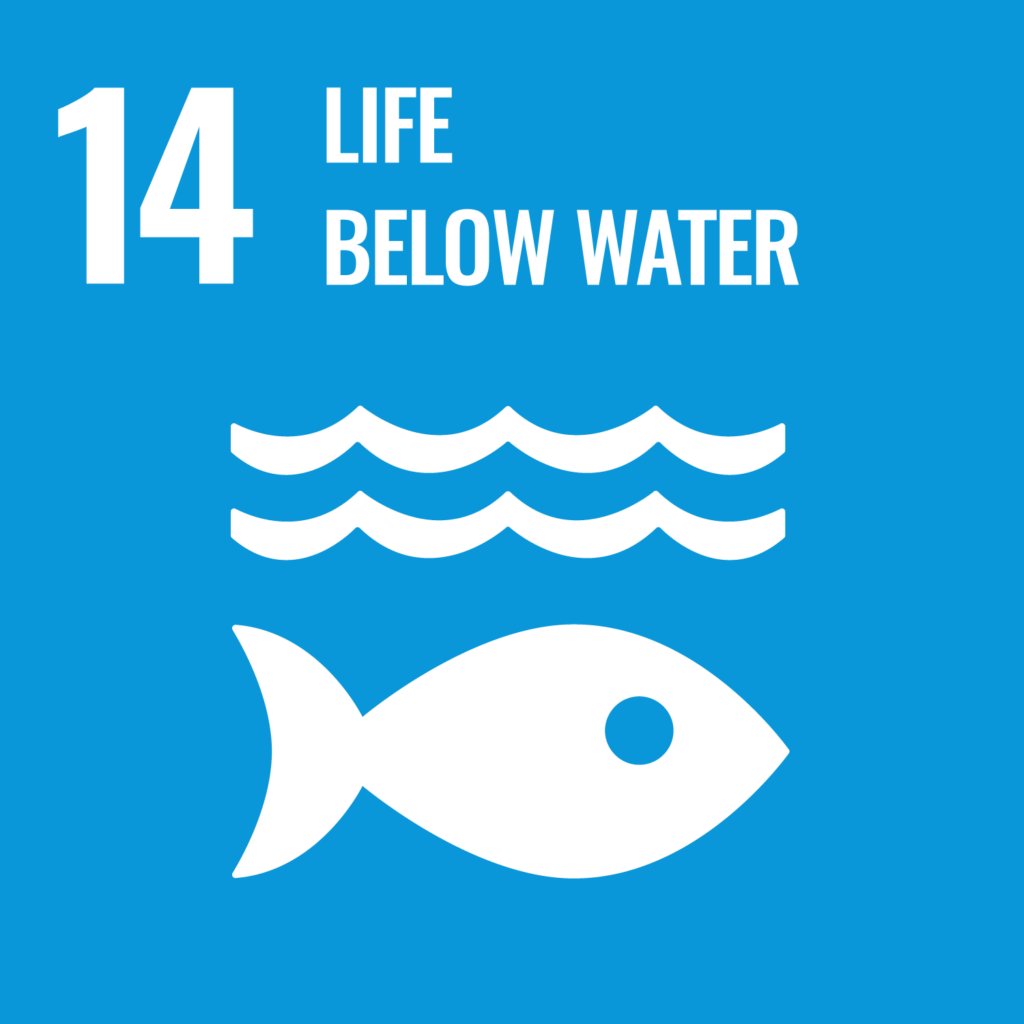Key performance indicators for 2024
Below is a description of the key performance indicators for 2024. They are categorised under Gassco’s strategic goals and corresponding sustainability goals.
Throughout the year, these indicators are evaluated against a predetermined range, which denotes goal achievement as green, yellow, or red, representing a scale from full goal achievement to goal not achieved. These values are not described here but are available in our internal goal management system, PMG.
Safe, reliable and effective operations
Critical incidents and critical conditions
This indicator involves measuring the number of critical incidents, which includes incidents resulting in, or having the potential for, serious harm to people, the environment, or facilities.
The number of critical conditions is also measured. Critical conditions, unlike critical incidents, encompass serious impairments or loss of safety functions and barriers that result in or have the potential for, serious harm to people, the environment, or facilities.
IT security, user awareness and robustness of our IT systems
This indicator involves measuring whether the organisation identifies phishing emails and ensures that employees refrain from disclosing passwords or clicking on suspicious links in emails. Additionally, it involves measuring the extent to which identified vulnerabilities from suppliers are addressed through the updating of IT systems, clients, and equipment.
Gassco barrier integrity indicator
This indicator measures the condition of various safety barriers at the facilities. Gassco’s system for barrier integrity encompasses safety-critical equipment and functions designed to prevent major accidents. The assessment of the overall condition of the facility is based a on the conditions of the barriers individually.
Total operating expenses
This indicator measures the total operating expenses, excluding energy costs and fees, across all licenses operated by Gassco, as well as the operational expenses related to the special operator responsibilities. The results are compared against the approved budget, and goal achievement is described by the budget variance (+/-).
Gassco‘s ability to deliver at the exit points
This indicator measures the amount of gas delivered by Gassco at exit points compared to the orders placed by those transporting and selling the gas. When setting targets for delivery capacity, planned capacity reductions at the facilities are taken into account, meaning unplanned incidents are measured as reduced delivery capacity.
Extra capacity sales
This indicator measures the amount of additional capacity provided by Gassco and purchased by gas transportation companies. This encompasses sales occurring at least one week in advance and up to within the same day. The measurement also covers capacity transactions between shippers within the specified timeframe.
Sustainability goals







Create infrastructure for the future
Studies for the development of a large-scale hydrogen value chain and for the development of a large-scale CO2 value chain
This indicator is tied to the completion of an architectural analysis, which is part of the development of a large-scale hydrogen value chain from Norway to Germany. Additionally, the quality of the decision basis for the concept study for the H2T project is measured, as agreed with the sponsors.
Similarly, the completion of an architectural analysis, as a part of the development of a large-scale CO2 value chain from continental Europe to the Norwegian continental shelf, is measured. Additionally, the quality of the decision basis for the concept study for the CO2-T project is measured, as agreed with the sponsors.
Sustainability goals



Reduce climate impact
Greenhouse gas emissions from our facilities
This indicator measures the total direct emissions of carbon dioxide and methane from our facilities (scope 1) and indirect emissions associated with electricity consumption (scope 2). The sum of these emissions is converted into CO2 equivalents, and the metric is expressed by the number of equivalents per energy unit of exported products.
Emission reductions from Kårstø processing plant
This indicator measures the quality of the decision basis for the “Kårstø Reduced Emission” project. The project includes both electrification of the facility and a CO2 capture system. The final scope of the project is determined by decision-makers during the project lifecycle, with the goal of reducing emissions from the Kårstø processing plant.
Sustainability goals




People, competence and organisation
Development of people, competence and organisation
This indicator measures organisational development, employee development, and staffing strategy.
This includes ensuring that performance reviews are conducted across the organisation, covering both professional and personal development for each employee.
Employee participation in organisational surveys, as well as timely tracking and approval of work hours, will also be measured.
Sustainability goals



